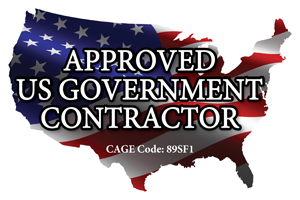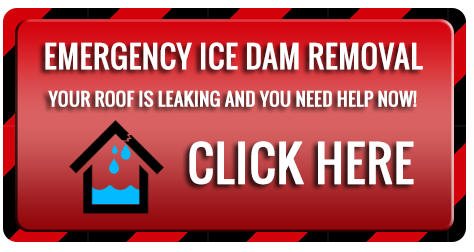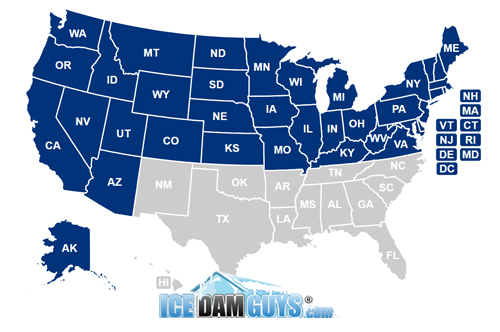Installing a Skylight? Don’t Let it Become an Ice Dam Disaster Zone
Ice dams often form around skylights. They tend to be poorly sealed, which means water can more easily seep into your attic, especially if an ice dam forms near the skylight.
Skylights are usually installed in cathedral ceilings or over finished attics. You probably install a skylight so you can see the sky, but the downside is there are fewer opportunities to insulate around the skylight so as to keep heat in.
You can’t insulate the glass itself, and the glass acts as the only barrier between the warm air inside and the bitter air outside. Though glass doesn’t get too hot, running warm air directly under the glass will melt any snow directly above and around it. The resulting water will trickle down your roof, exacerbating the ice dam problem.
There isn’t much you can do about it. If you want a skylight, there’s no way to avoid having a spot on your roof where snow is more likely to melt.
Energy professionals typically hate skylights, and ice dams are one of the reasons for that. (For an excellent discussion of why skylights are a problem, read this article from the Green Building Advisor.)
If you must install a skylight, at least choose professionals who will take steps to mitigate the damage which skylights can cause. Also, fork over for a high-quality, energy-efficient skylight. You can pay a little more once, or you can pay a little more when the energy bill arrives every month.
Ask for ice and water shielding.
Your roofer installed some ice and water shielding with the roof on your home. It’s required by Minnesota building code.
But if you’re installing a skylight as a retrofit to an old roof, there may be no ice and water shielding anywhere near the new skylight location. You may need the roofer to pull up some shingles, install the shielding, and replace the shingles. He’ll need to pull up shingles to get the skylight in anyway, so ask him if he’ll also install some quality ice and water shield around your new skylight(s), too.
Ice and water shielding won’t prevent ice dams. But it can help keep water out of your home when an ice dam does form. Also, skylights can be major leak zones, so the shielding around the skylight is especially important.
Which leads me to a second bit of advice on ice dam prevention for skylights:
Make sure the contractor installs proper flashing around the skylight.
You should ask when you get on the phone: “Will you seal my skylight with caulking or with flashing (or both)?” You want them to tell you they’re going to use flashing or flashing and a bit of caulking to boot. Caulking works well for about 2 years. After that it cracks and is as protective as old bubblegum. The water will work its way through, especially if it’s just sitting there the way that it does when an ice dam forms.
Water is patient. If you let it sit there long enough it will find cracks and crevices that it misses during the summer, when it usually goes racing down your roof too quickly to cause major damage.
Try a little harder to keep ice and snow away from your skylight.
A skylight makes your roof a bit less ice-dam-resistant, and a bit more prone to leaking. That’s the tradeoff with most things that add beauty to a home: often what looks best isn’t also the most functional. A giant concrete dome with no windows would be great at warding off ice dams, and it sure wouldn’t leak, but you probably wouldn’t want to live there.
If your attic has near-perfect insulation and ventilation, the chances are fairly low you’ll get ice dams. If your home is ice-dam-resistant in those respects, and you install flashing and ice-and-water shield around your skylight, it should not be a problem area.
But if you want to eliminate virtually all chances of ice-dam-related leaks around your skylight, you’ll want to rake your roof so as to keep the area free of snow. It’s the best way to prevent ice dams anyway (especially if your attic insulation and ventilation aren’t all they could be).
If you’ve got 6 inches or more of snow on your roof, I suggest removing it or hiring a reputable ice dam removal or snow removal pro to do it. No snow, no snow-melt. No snow-melt, no ice dam. And you’ll be able to see through your skylight in the winter!






















